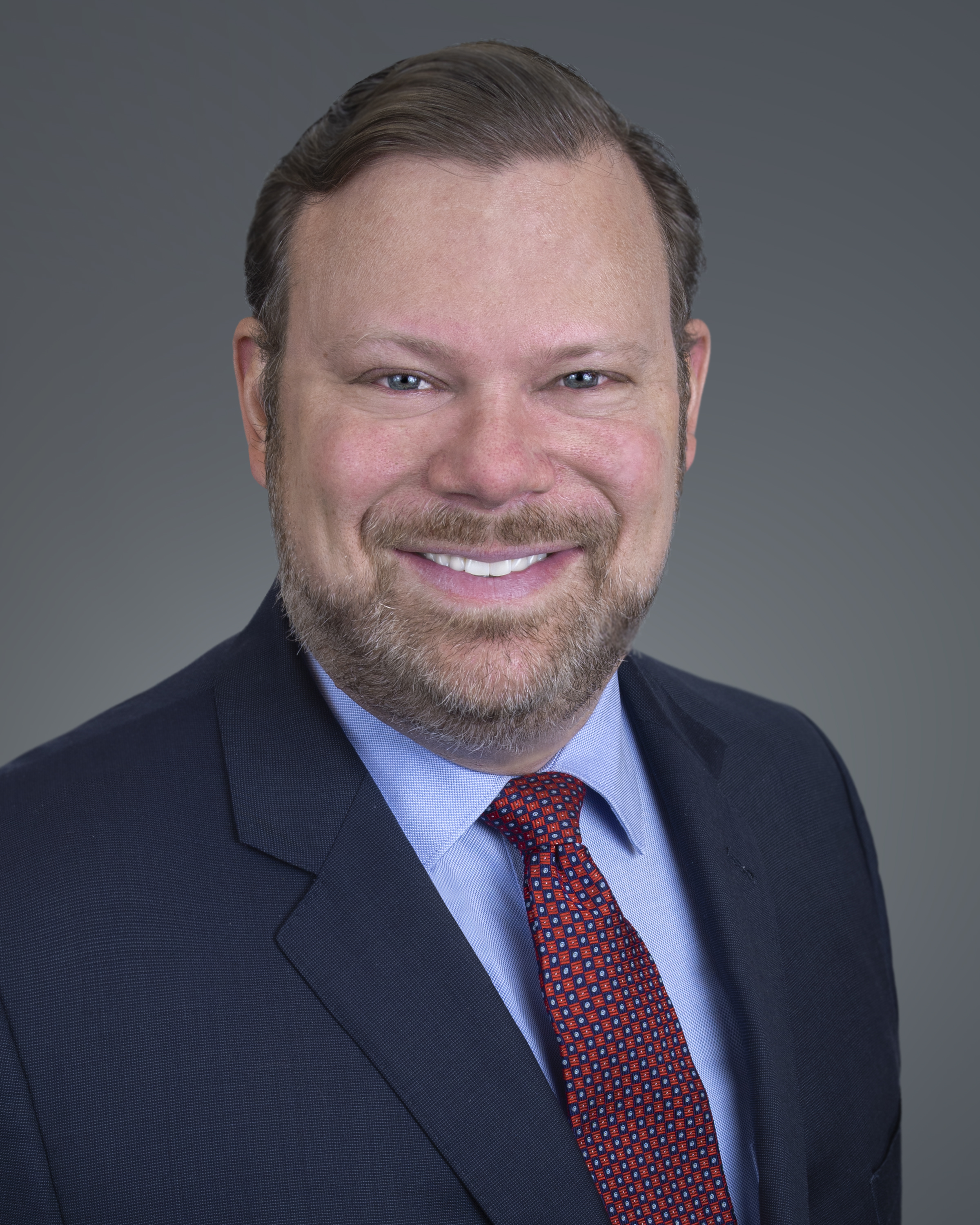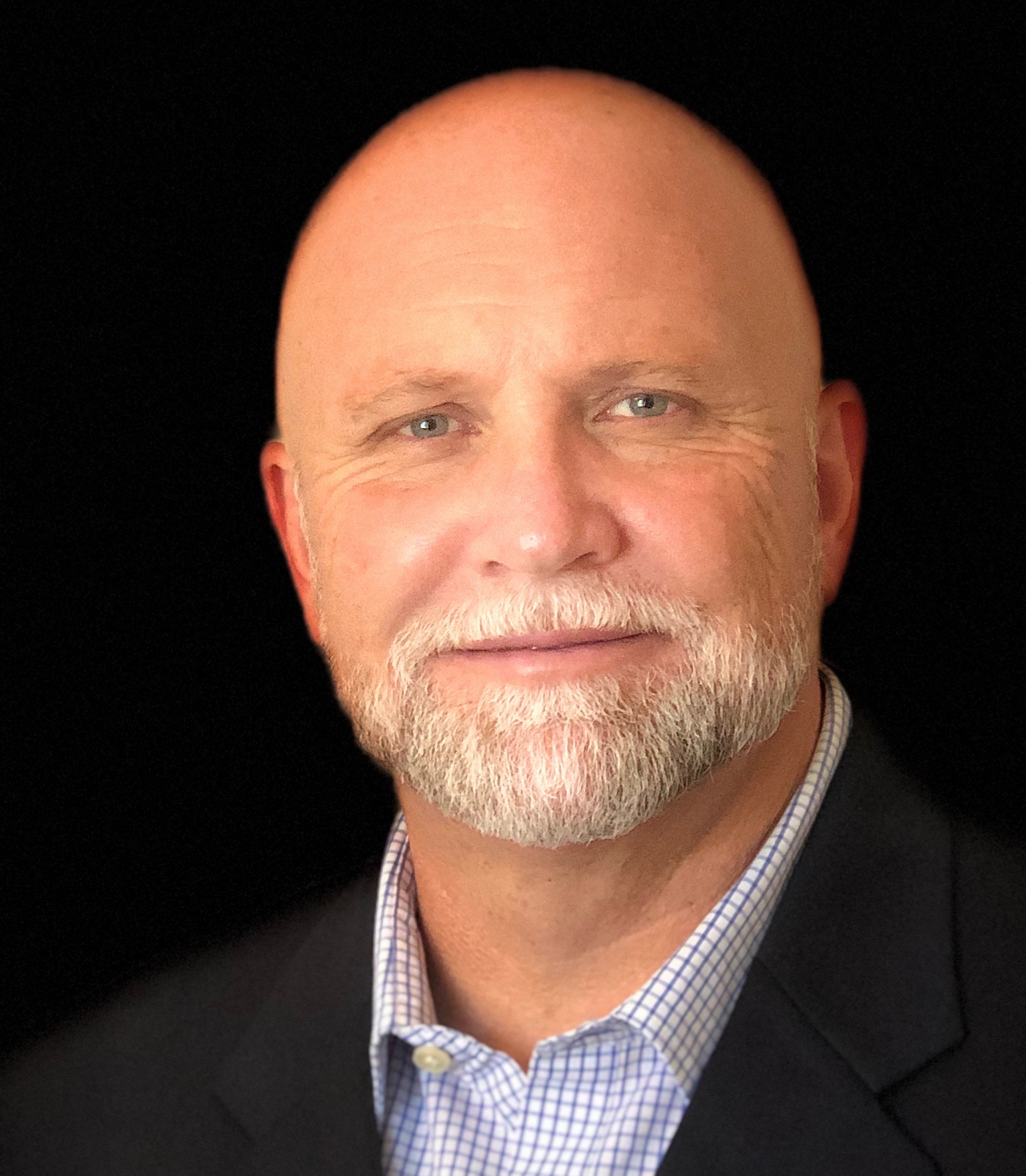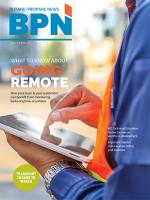
As the adoption of tank monitors steadily grows across the propane industry, different monitoring methods and tech improvements — such as wireless monitoring — are gaining traction. Mopeka Products, which offers sonar tank monitors for both pressurized and non-pressurized tanks, and Sonariot, a sales and marketing company that specializes in the sonar tank monitoring market globally, have teamed up to launch the company’s newest array of sonar tank monitors for the liquified petroleum gas industry.
Below, hear from two leaders of Mopeka and Sonariot about current tank monitoring trends, the efficiencies companies can gain from using monitoring and more. Meet the team and read their responses below.
 Kevin Jaffe
Kevin Jaffe
CEO
Sonariot
Jaffe has over 30 years as a technologist and has held leadership roles with several organizations, including Price Waterhouse Coopers, Priceline and Computer Associates. Jaffe has spent the majority of his career optimizing technology to dynamically disrupt the marketplace. As CEO of Sonariot, he is once again bringing technology to the market with Mopeka Products.
 Jason Peck
Jason Peck
Vice President/Co-Owner
Mopeka Products
Peck has 27 years of experience in the propane industry, including experience in retail and owning his own propane company. In the last 14 years, Peck has spent his time in the manufacturing side, producing products for the propane and agricultural markets. In 2013, he created Mopeka Products with his partners, Reese Moore and Jonathan Kaufmann.
BPN: What adoption level is the industry currently at regarding tank monitors?
KJ/JP: Not enough … to be honest. Tank monitoring is crucial not only to maximize your supply chain, but also to ensure you are maintaining safe and compliant operations. For far too long, the industry has been reluctant to adopt new and better ways to accurately measure their propane volumes.
The industry is ripe for disruption. Cloud-based software-as-a-service solutions that are optimized for mobile is becoming the new norm, but these must be easy to use and cost-effective. The industry needs to be more accurate and precise in how they measure volumes. And sonar enables this to be measured at +/- 1% ... versus potential inaccuracy of +/- 5% for read-ready gauges.
BPN: What are the biggest barriers to adoption for retailers currently?
KJ/JP: It’s the status quo — they are resistant to change. We hear it all the time: “My granddad and father did it this way … Why should I change?” There is also, in some instances, a general lack of understanding or knowledge of how things could be done better or differently, especially when it comes to adopting new technology. In addition, there has been a high cost of ownership and deployment with traditional monitoring solutions.
BPN: What are some of the less-obvious efficiency gains you’re seeing retailers realize through widespread implementation of monitors?
KJ/JP: There’s a few: Accuracy of sonar versus traditional monitors — +/- 1% vs. 5%. Close enough is no longer good enough.
With today’s marketplace, marketers need to have greater precision and accuracy. It’s a differentiator. It enables you to provide greater levels of customer service with hard, verifiable numbers.
BPN: Do you have any advice for retailers regarding using the monitoring software to improve business to end-user communication?
KJ/JP: Change is coming. Customers are demanding optimized, smart solutions and crave a transparent and trusted relationship with their provider. If retailers are looking to prioritize their customers, sonar tank monitoring could be the differentiator.
Knowing your customers’ levels and being able to remotely track these to then prioritize delivery is game-changing. It puts the retailer on the front foot with the customer and truly shows a duty of care. In addition, knowledge is power. You must make decisions based on the best information that is available.
Sonar tank monitoring is the most accurate source of volume and usage levels available in the market today. And yes, this information is brought to you quickly, easily and seamlessly via the cloud to your smartphone, tablet and desktop environment.
BPN: What is the next step in tank monitoring technology?
KJ/JP: Sonar is the next step, for a number of reasons: Convenience. Ease of use (simplicity). Disruptive technology changing the dynamic of tank monitoring. Accuracy — +/- 1% reliability versus the +/- 5% reliability of existing read-ready gauges.
Control and independence: You know and understand your levels. Available for tanks from 20 pounds to greater than 90,000 gallons. Bluetooth and mobile connectivity. Cloud-based technology that connects to your smartphone, tablet or desktop. Installed in minutes by drivers — no need for technical resources.
Average installation is three to four minutes. Results — Streamline operations, enhance customer service and create a knowledge network for your business and customers.
BPN: Can you give an example of how a customer has used sonar tank monitors to revolutionize its back-office and delivery processes?
KJ/JP: This is what Brett, a regional distribution center manager for Suburban Propane, told us: “We had a customer tank that we did not know had a broken float arm, and we also didn’t know that our dip tube was broken as well. If it hadn’t been for the [sonar tank monitor], we would not have known that the tank was at 95% ... and thus saved us from a possible disastrous situation for both us and our customer.”
BPN: Anything we haven’t mentioned?
KJ/JP: Customers are demanding smarter, better and faster self-service solutions that enable them to see and control their lives. We are giving customers and retailers access to see the reality of the hard numbers that are underpinning their lives and businesses that will in turn empower better decisions and customer services.


